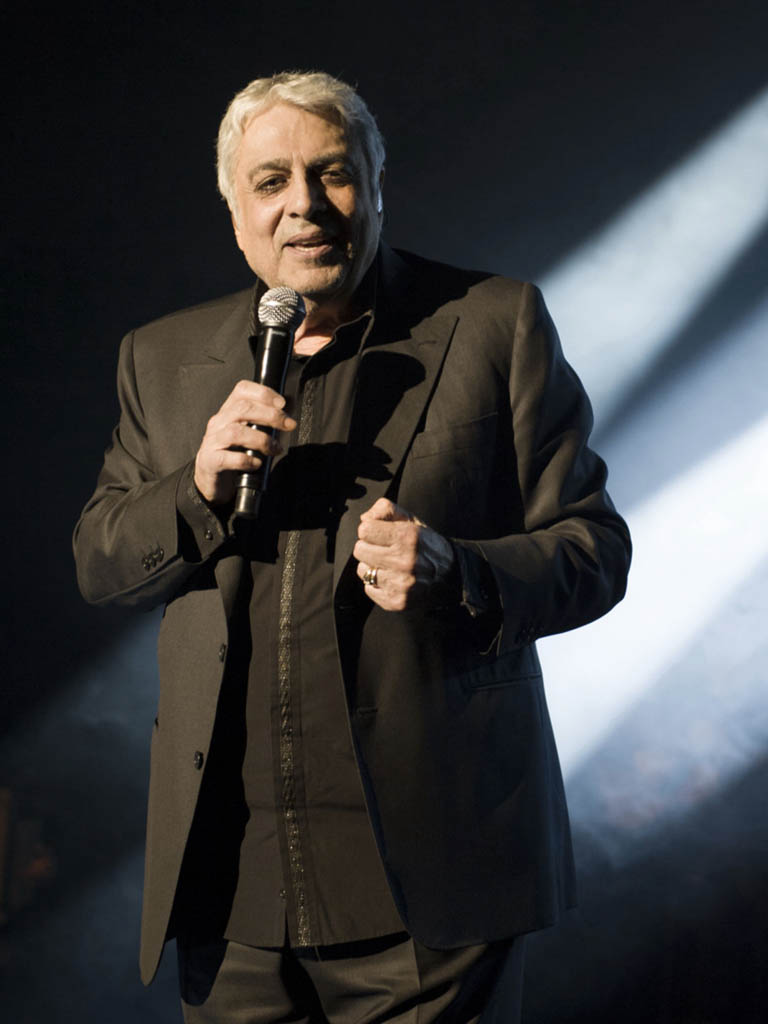What is the Hillula? From Hallel : Praise. This term designates the anniversary of the death of a Tzadik. We meet on that day to praise the Tzadik. We recall his actions, his midot (character traits), his closeness to Hashem, and possibly his miracles. We come to his grave to implore the Sage on the day of his hillula and we ask him to intercede on our behalf with Hashem. The hillula is the complete union of the soul of the Tzadik with Hashem : it is a party.

Who was RASHBI ?
Beginnings : Rachbi was born about 50 years after the destruction of the 2nd Temple (68 NE). He lived during the first half of the 2nd century around 120 NE) and until 160 NE. He was part of the TANAÏM (teachers, tutors) of the 2nd Generation according to the Talmud after the Destruction of the Temple. As indeed Rabbi Meir Baal HaNess among others. His father Yochhaï of the tribe of Yehouda and his mother Sarah lived in Galilee and remained childless despite prayers and complaints to Hashem. Finally, a dream revealed to his father that a son would soon be born. Rabbi Akiva confirmed the news and added that he would enlighten the Jewish people with his Torah. When he was born, the house filled with light for Moshe Rabbenu. He was brought up in purity and holiness. Very early the parents taught him verses of the Torah and at 5 years old they entrusted him to the Yeshiva of Rabban Gamliel in Jerusalem.Thanks to his in-depth and continuous study, his success is dazzling. He grew up in Galilee. Life there is unbearable because the Romans persecute the Jews (we are then under the Roman Empire of Hadrian). Rashbi is looking for a master to perfect his knowledge. He joined the great kabbalist of the time, Rabbi Akiva in Bnei Brak.
Student of Rabbi AKIVA
Rabbi Akiva initially pushes him away for various reasons but Rachbi is stubborn and determined to stay. We're giving him an exam, he's already so precocious!!! He will very quickly become one of the pillars of the Torah and study for 13 years with Rabbi Akiva. We are then in 135. The revolt of Bar Kokhba has just been subdued in blood by Hadrian who takes a certain number of restrictive measures including the prohibition of the study of Torah under penalty of death. At the same time, 24 000 brilliant pupils of Rabbi Akiva died during battles or the plague. Only 5 students survived this great misfortune (we are in the period between Passover and Shavuot known as the Omer period, which is why we are in mourning) Among these 5 students there are Rashbi and Rabbi Meir Baal Haness. Rabbi Akiva is arrested and condemned to torture with 9 other great Sages and Rachbi witnesses his death. After which Rachbi continues his teachings in Yavne (north of Ashdod). Faced with the cruelty of the Romans, he dissented and openly criticized them (on Torah Box, Anecdote de Kerem à Yavné). It is a converted Jew who will denounce him to the Roman authorities. He is sentenced to death. But he runs away and disappears.The cave of Piquin
With his son Eléazar, he takes refuge in a beth hamidrash and his wife comes to bring them bread and water every day. But for fear of endangering her, they decide to go elsewhere and take refuge in a cave in northern Israel in Piquin. There, a miracle happens : Hashem creates a spring and grows a carob tree. They will stay there for 12 years. They receive the teachings of the prophet Elijah who announces to them after 12 years that the emperor Hadrian is dead and that his successor the emperor Antonin has abolished the decree of death (about 150 NE). During these 12 years, Rachbi and his son delve into the secrets of hidden wisdom and discover the entire system of Creation: This is the content of the book of Zohar (Splendour), the revelation of Kabbalah.Rashbi's soul is itself reincarnated in Abraham Avinu, in Moshe Rabbenu, in the Ari Zal, and the 20th century in Rav Yehuda Ashlag (the Baal HaSulam : the Master of the Ladder).
This book will be hidden for 1400 years until the 16th century when the Ari ZAL (1534-1572) decides to reveal the secrets of the Zohar. Yet it is truly in the 20th century with Rav Yéhuda Ashlag (the Baal HaSulam) that the Zohar is commented on and brought to the attention of all those who want to know. It is this Kabbalist who translates the Zohar from Aramaic to Hebrew.
The dissemination of Rashbi's teaching in his time
When they left the cave of Piquin, Rachbi and his son had lost all contact with reality (on Torah Box, anecdote of the meeting with the inhabitants). A thirteenth year was necessary for them to learn not to judge their After which Rachbi gathered 9 students with whom he took refuge in a place called Idra Rabba (from idra: barn) at Meron in the Upper Galilee. It was there that they wrote the Book of ZOHAR. But the generation of Rachbi not being ready to understand the content of the book, was hidden from the greatest number but not from the renowned kabbalists like Rashi, the Baal Shem Tov, Rabbi Nahman of Breslev, the Ben Ich Hai, the Ramban, Rabbi Yaacov Abechsera and many others… Rashbi prophesied that the Zohar would be revealed to all in the future at the time of the arrival of Mashiach, that is to say at the end of the 6000 years. The world will then discover the end and the means of Redemption. It is Rachbi who reveals the secrets of Reincarnation (the gilgul). Rachbi's soul is itself reincarnated in Abraham Avinu, in Moshe Rabbenu, in the Ari Zal, and the 20th century in Rav Yehuda Ashlag (the Baal HaSulam: the Master of the Ladder).Rashbi's departure
Rashbi dies in Meron near Safed after having fulfilled his purpose, in 160 and he is buried there. The day of his death is special since it is the 33rd day of the Omer, the day the plague that killed 24,000 students of Rabbi Akiva ended. For Rachbi that day was a day of joy. This is why nearly a million people go to LAG BAOMER every year on the 33rd day of the Omer, this year on 18 Iyar 5781 or April 30, 2021, to his grave in Meron. Rashbi wrote in the Pirkei Avot: "There are 3 crowns, that of the Torah, that of the Kehouna, that of the Malchut (Kingdom). But the crown of a good name is superior to all others. » And again: “To deceive someone with words is even worse than to fraudulently extort money. » Besides the Book of Zohar, Rachbi also wrote : The SIFRI (Midrach Halakha on Bamidbar) The MEKHILTA (Midrash Halakha on Shemot) These works give in-depth explanations of the verses of the Torah that give rise to halachot.
Conclusion
The secrets that the Book of Zohar reveals to us are such that our Sages tell us that it is by the merit of its study that the Jewish people will come out of exile and be delivered. Amen! NB: The song of Bar Yochai was composed by the famous kabbalist, Rabbi Shimon Labi from Spain in the middle of the 16th century. At the base of Kabbalah are the 10 sefirot - manifestation of Hashem in the world - and the author of the poem introduces each stanza with a sefira: Malchut, Yesod, Netsah' etc... Esther Bénichou.



















.jpg)


.jpg)








